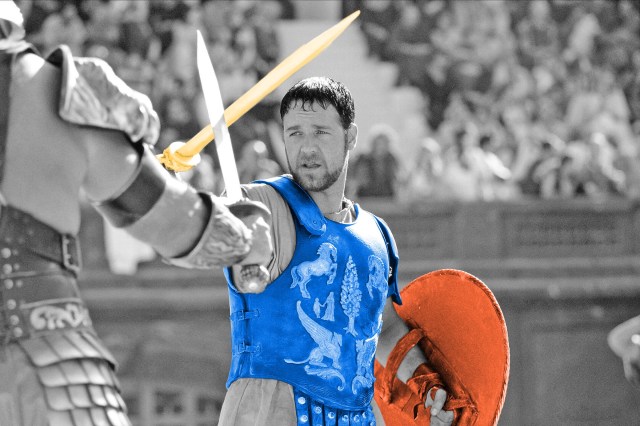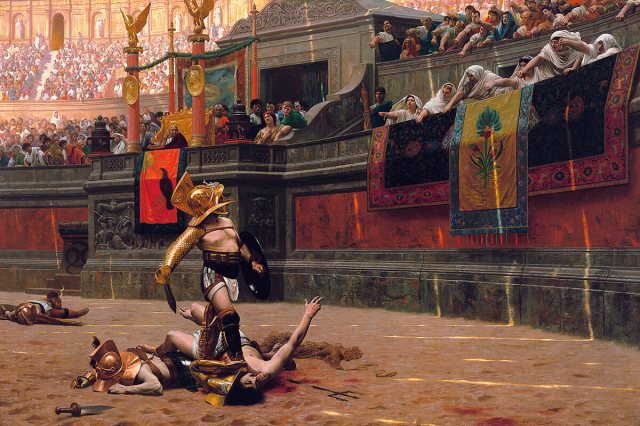
Gladiator: “Pollice Verso”
If it wasn’t for a painting, we might never have gotten one of cinema’s greatest historical epics. When trying to convince Ridley Scott to direct Gladiator, producer Douglas Wick and DreamWorks executive Walter F. Parkes showed Scott “Pollice Verso,” an 1872 painting by French artist Jean-Léon Gérôme. The painting depicts a Roman gladiator standing over his fallen opponent, looking up at crowd members who are giving the thumbs-down signal for death, while the defeated gladiator raises two fingers to plead for mercy.
That dramatic image was enough to seal the deal. As Wick told The Hollywood Reporter, Scott looked at the painting and said, “I’ll do the movie. Wherever the script is, we’ll get it right. I’m doing this movie.’” The painting became a major reference point for the entire production, influencing not just individual scenes but Scott’s entire depiction of ancient Rome.
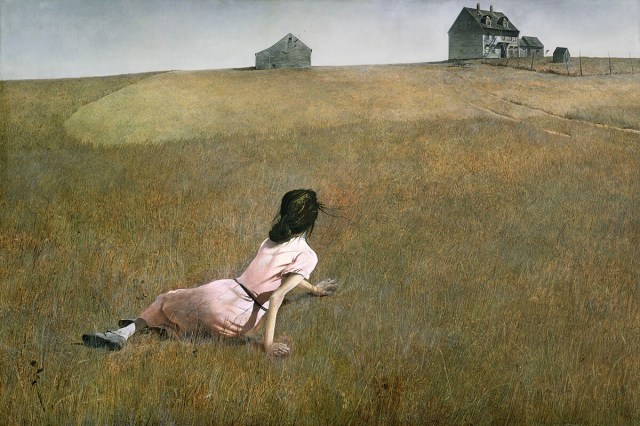
Days of Heaven: “Christina’s World”
Director Terrence Malick is known for his lavish cinematography and aesthetics, and his 1978 period drama Days of Heaven, the story of a young couple who travel to the Texas panhandle for work harvesting crops, is no exception. Malick and cinematographer Néstor Almendros took the movie’s tone and visual style directly from the paintings of Andrew Wyeth, most notably his iconic work “Christina’s World.” The film’s iconic shots of wheat fields and isolated farmhouses echo Wyeth’s American pastoral style, along with his themes of memory, nostalgia, and loss.
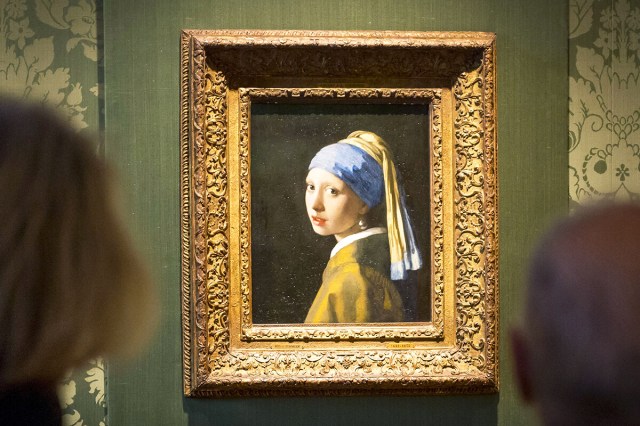
Girl with a Pearl Earring: “Girl with a Pearl Earring”
Girl with a Pearl Earring is a movie based on a book based on a painting, all with the same name. The movie is an adaptation of Tracy Chevalier’s 1999 novel, which offers a fictional account of Johannes Vermeer, his famous painting, and its model. The identity of the girl in the painting has long been the subject of debate, but it’s likely the painting was a so-called “tronie,” a study of a head and shoulders dressed in exotic clothing in which the model isn’t necessarily meant to be a specific person.
Both book and movie delve into a fictionalized history behind the creation of the painting, while also exploring themes of art and love. The movie’s director, Peter Webber, and cinematographer Eduardo Serra went to great lengths to make the film look and feel like Vermeer’s work, evoking the light, color, textures, stillness, and intimacy that characterize his paintings, many of which portray domestic interior scenes of middle-class life. The movie incorporates six of Vermeer’s other paintings into its story as well: “View of Delft,” “Woman with a Pearl Necklace,” “The Milkmaid,” “The Concert,” “The Girl with the Wine Glass,” and “Woman with a Water Jug.”
More Interesting Reads
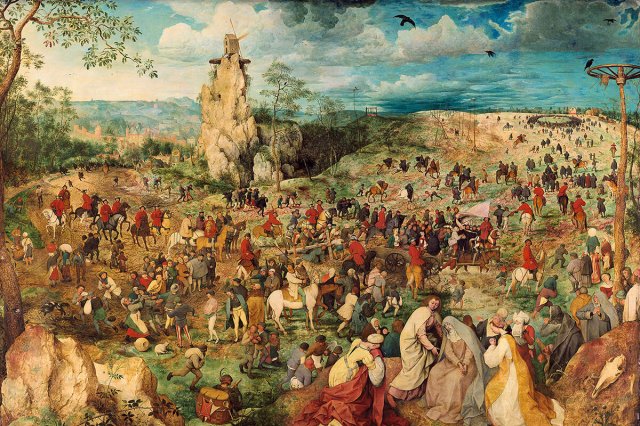
The Mill and the Cross: “The Procession to Calvary”
Director Lech Majewski’s groundbreaking 2011 drama The Mill and the Cross literally takes us on a journey inside a painting. The artistic work in question is Pieter Bruegel the Elder’s 1564 painting “The Procession to Calvary,” which depicts Christ carrying the cross amidst an expansive landscape full of some 500 characters, including the Virgin Mary and various saints, soldiers, and onlooking peasants.
The movie whisks us into the painting and follows 12 characters that appear in Bruegel’s work, their lives unfolding and intertwining over the course of a single day. The film is bold and experimental with little dialogue. As famed film critic Roger Ebert wrote on his website, The Mill and the Cross takes “a great stride outside the narrow space of narrative tradition and present[s] us with things to think about.”
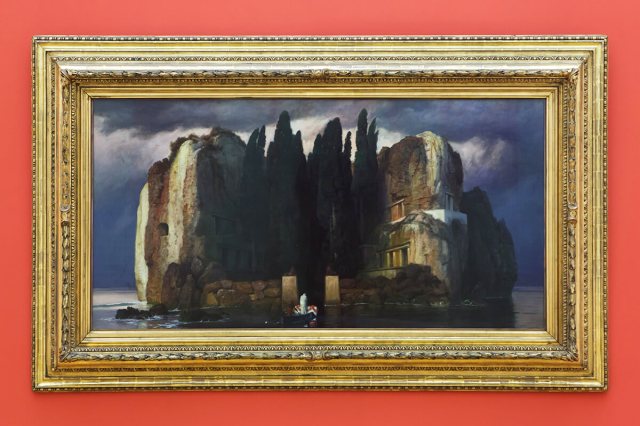
Isle of the Dead: “Die Toteninsel”
Between 1880 and 1886, the Swiss Symbolist artist Arnold Böcklin produced a series of moody paintings called “Die Toteninsel (Isle of the Dead),” all depicting a similar scene featuring a small and rather ominous Mediterranean island with tombs and a stand of cypress trees. The series was widely reproduced and highly influential, inspiring a piece of music by Sergei Rachmaninoff and interpretations by the artists H.R. Giger and Salvador Dalí.
Later, the painting became the inspiration for the 1945 horror movie Isle of the Dead starring Boris Karloff, about a plague that breaks out on a small Grecian island. The movie’s producer, Val Lewton, borrowed not only the painting’s title and island setting but also much of the imagery and overall mood of Böcklin’s work.

